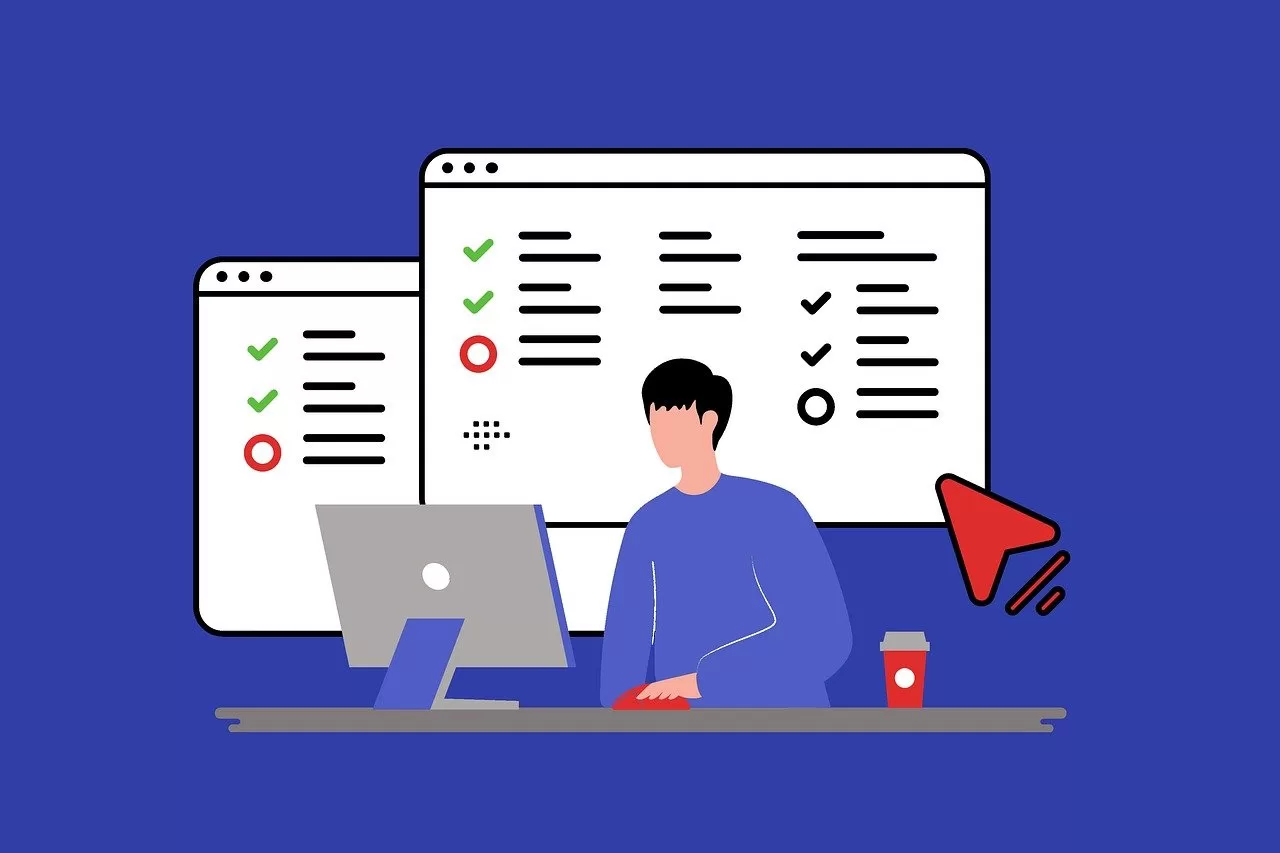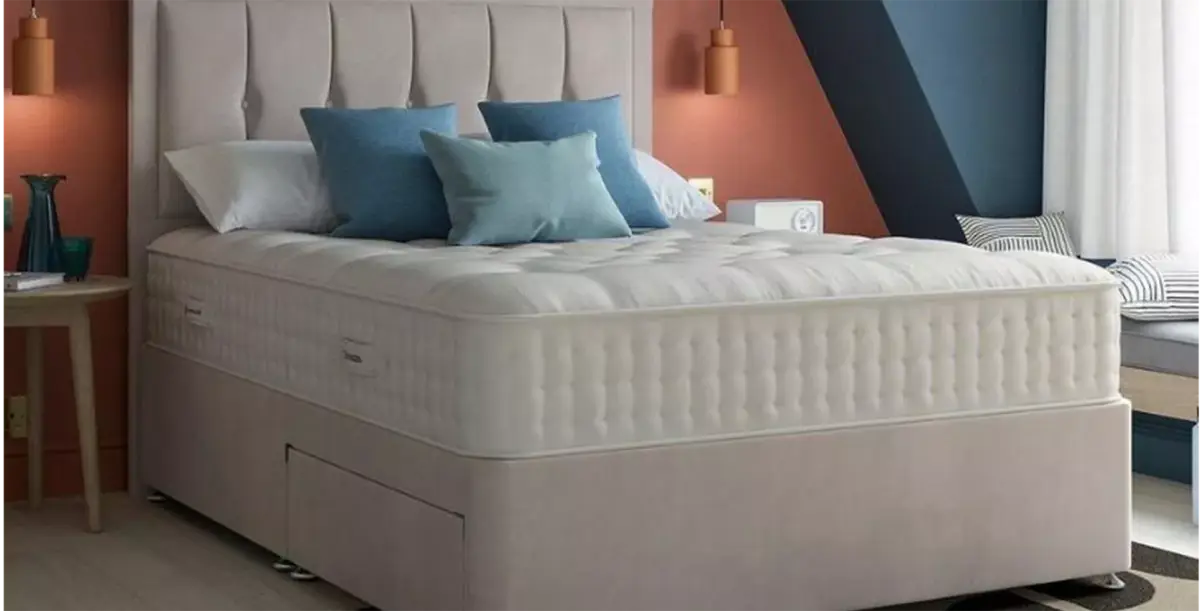Introduction
With the healthcare industry’s evolution, remote patient monitoring solutions have emerged as an essential tool within home care settings, especially after the Covid pandemic shook the world. RPM is transforming healthcare delivery by enabling continuous monitoring, personalized care, and enhanced patient engagement. However, the revolution of RPM has offered significant benefits while posing unique challenges. In this blog post, we will explore the integration of RPM into home care, including all the benefits and challenges of successful implementation.
Understanding Remote Patient Monitoring
Remote patient monitoring services use digital technologies to monitor and collect health data from patients outside traditional healthcare settings, typically in their homes. This data is then transmitted to healthcare providers, enabling them to track patient health, make timely interventions, and provide more personalized care. RPM encompasses a variety of devices and technologies, including wearable sensors, mobile health applications, and telehealth platforms, all aimed at improving patient outcomes and healthcare efficiency.
Benefits of RPM in Home Care
Enhancing Patient Engagement and Compliance
One of the most significant advantages of remote monitoring systems in the homecare niche is their ability to enhance patient engagement and compliance. By providing patients with real-time feedback on their health status, RPM empowers them to take a more active role in managing their conditions. This increased engagement often leads to better adherence to treatment plans, as patients are more likely to follow medical advice when they can see the direct impact on their health. Additionally, the convenience of monitoring health metrics from home reduces the need for frequent in-person visits, making it easier for patients to comply with their care plans.
Improving Health Outcomes
RPM has a profound impact on improving health outcomes, particularly for patients with chronic conditions. Continuous monitoring allows for early detection of potential issues, enabling healthcare providers to intervene before a situation becomes critical. This proactive approach prevents complications and leads to better long-term health outcomes. For instance, patients with heart conditions can benefit from continuous monitoring of their vital signs, allowing for timely adjustments to treatment plans and reducing the risk of hospital readmissions.
Cost-effectiveness and Resources Optimization
Integrating RPM into home care also offers significant cost savings and optimizes healthcare resources. By reducing the need for in-person visits and hospitalizations, RPM helps lower overall healthcare costs. Furthermore, custom remote patient monitoring software enables more efficient use of healthcare resources by allowing providers to focus on patients who need immediate attention, rather than spending time on routine check-ups that could be managed remotely. This optimization of resources not only benefits healthcare providers but also reduces the financial burden on patients and their families.
Challenges of Implementing RPM in Home Care
Technical and Infrastructure Barriers
Despite its benefits, implementing remote patient monitoring system in home care comes with several challenges, particularly in terms of technical and infrastructure barriers. Reliable internet connectivity, access to appropriate devices, and the technical know-how to operate these devices are essential for practical RPM. However, not all patients or caregivers have access to these resources, particularly in rural or underserved areas. Moreover, the complexity of setting up and maintaining RPM systems can be daunting for some, leading to potential disruptions in care.
Privacy, Security, and Data Management
Another significant challenge is ensuring the privacy, security, and proper practice management of the vast data generated by remote patient monitoring systems. With sensitive health data being transmitted and stored digitally in platforms like EMR systems, there is a heightened risk of data breaches and unauthorized access. Healthcare providers must implement robust security measures to protect patient information while also ensuring compliance with regulations like the Health Insurance Portability and Accountability Act (HIPAA). Additionally, managing and analyzing the data to provide actionable insights requires sophisticated systems and expertise, which may only sometimes be readily available.
Patient and Caregiver Resistance and Training Needs
Resistance from patients and caregivers can also challenge the successful implementation of RPM in home care. Some patients may be hesitant to adopt new technologies, particularly older adults who may need to be more comfortable with digital tools. Similarly, caregivers may feel overwhelmed by the additional responsibility of managing RPM devices and interpreting the data. Addressing these concerns requires comprehensive training and education to ensure patients and caregivers feel confident and comfortable using RPM technologies.
Successful RPM Integration in Home Care
A thoughtful and patient-centric approach to integrating RPM in home care is essential to overcome these challenges. Successful integration involves more than just deploying technology; it requires a collaborative effort between healthcare providers, patients, and caregivers. Providers should offer training and support to ensure that everyone involved understands how to use the technology effectively. Additionally, addressing technical barriers, such as ensuring reliable internet access and simplifying device interfaces, can help ease the transition to RPM.
Future Trends in RPM
Technological Advancement and Innovations
The future of RPM in home care looks promising, with ongoing technological advancements and innovations set to enhance its capabilities. Emerging technologies like artificial intelligence (AI), machine learning, and advanced data analytics are expected to play a crucial role in improving the accuracy and efficiency of RPM systems. These technologies can help predict patient outcomes, identify potential health risks, and tailor interventions to individual needs, further personalizing care and improving outcomes.
Potential Impact on Healthcare Delivery
As RPM continues to evolve, its impact on healthcare delivery is likely to be profound. The shift towards more personalized, data-driven care models has the potential to transform the way healthcare is delivered, making it more proactive, efficient, and patient-centered. This transformation could lead to a reduction in hospitalizations, improved management of chronic conditions, and, ultimately, better patient outcomes. However, realizing this potential will require addressing the current challenges and ensuring that RPM is accessible to all patients, regardless of their circumstances.
Conclusion
Integrating remote patient monitoring apps into home care presents a unique opportunity to enhance patient care, improve health outcomes, and optimize healthcare resources. However, the successful implementation of RPM requires careful consideration of the challenges, including technical barriers, privacy concerns, and the need for patient and caregiver education. By addressing these challenges and embracing the potential of technological advancements, RPM can play a pivotal role in the future of healthcare delivery, ensuring that patients receive the care they need, when and where they need it.




